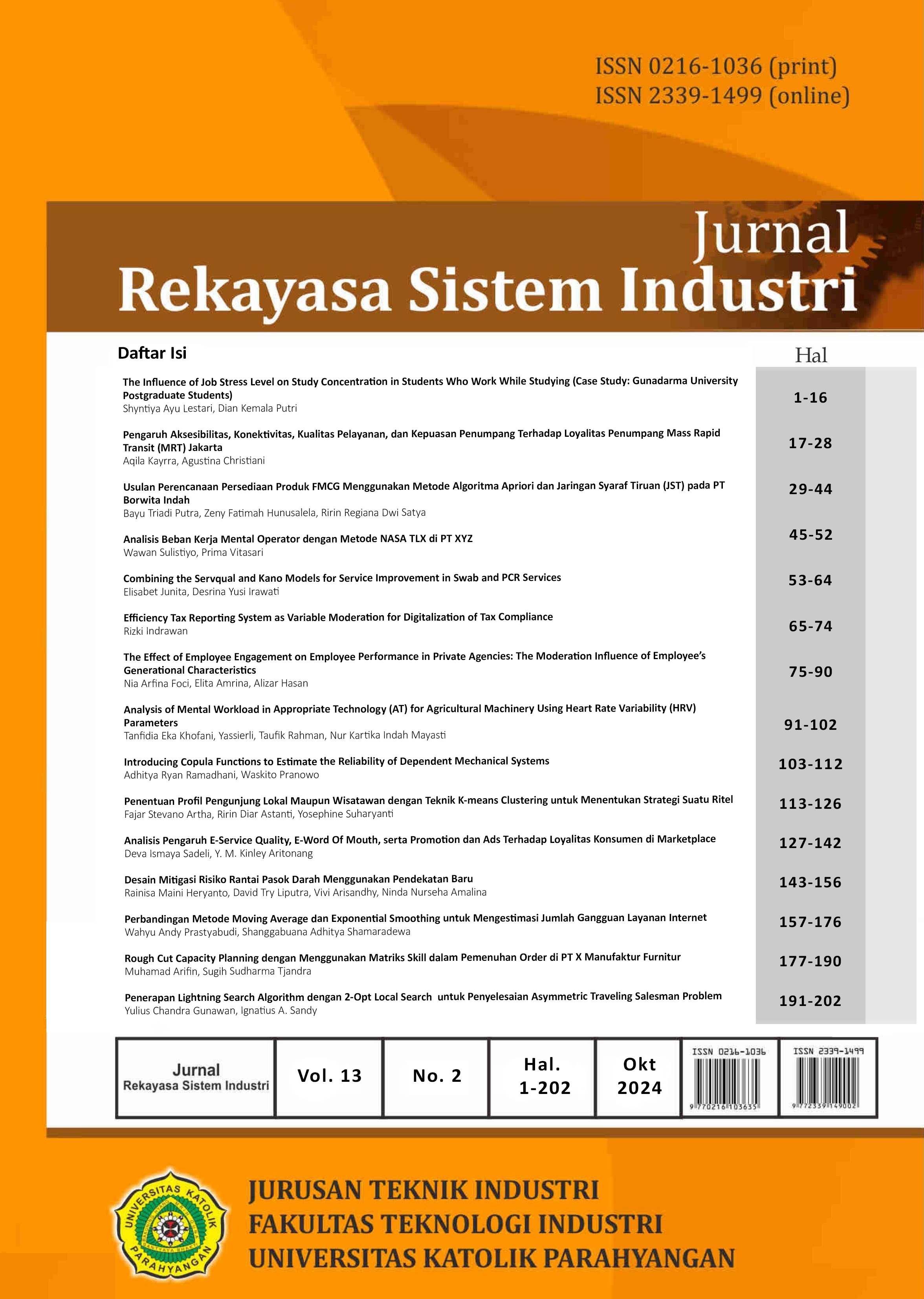Analysis of Mental Workload in Appropriate Technology (AT) for Agricultural Machinery Using Heart Rate Variability (HRV) Parameters
DOI:
https://doi.org/10.26593/jrsi.v13i2.7206.91-102Keywords:
Appropriate Technology (AT), Mental Workload, Heart Rate Monitor, Design Quality, AgriculturalAbstract
Appropriate Technology (AT) is designed to substitute manual work and to increase productivity for small-medium businesses. Due to its low-cost technology that affects its design quality, the acceptance of AT appears to be low. A guideline has yet to be available to determine AT's design quality. The purpose of this study was to explore the efficacy of physiological measures collected from a Heart Rate Monitor (HRM) in differentiating mental workload in using AT. If applicable, these measures can provide objective data for AT evaluation. Several parameters were collected from HRM, including frequency domain and time domain. Two ATs were used for evaluation that represented “good” and “poor” agricultural processing machines. Eleven participants were involved in this study in which they used both ATs. The result of this studyis the ratio of Low Frequency and High Frequency (LF/HF) parameter detects differences perceived by the participants. The increase in the LF/HF value from the Commercial Extruder to the Customized Extruder is directly proportional to the increase in mental workload, where the Commercial Extruder is defined as a “good” AT design, and the Customized Extruder as a “poor” AT design. Therefore, it can be concluded that designs with specific guidelines can reduce the mental workload perceived by operators.

